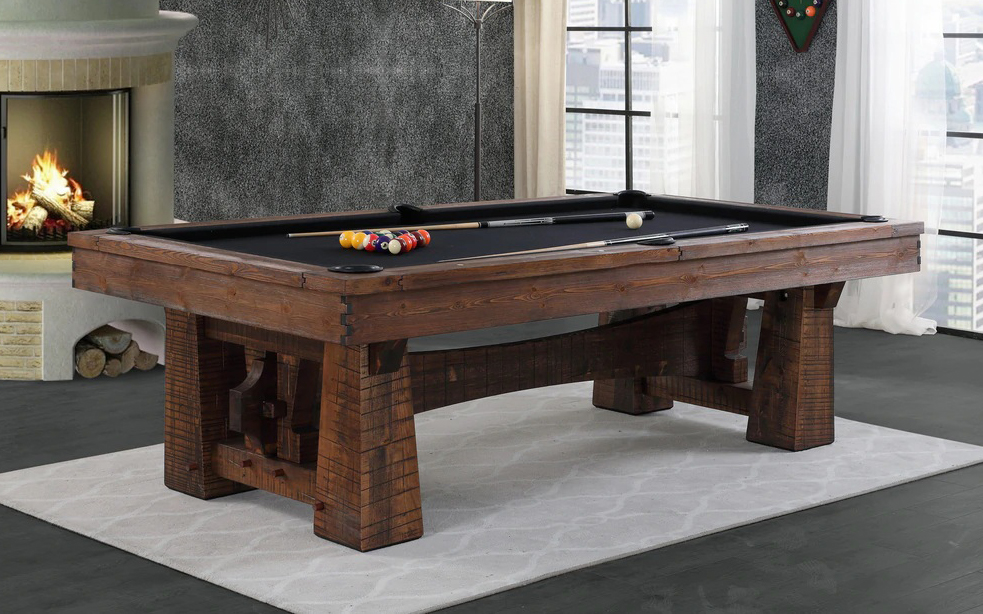
Pool has a long tradition. It was originally a form of croquet in the 15th century. In the 19th century, pool became a betting game. This was the beginning of the pool hall. Pool is now played all over the world, in countries like the United States, Europe, and the Philippines. However, there are many misconceptions regarding this popular sport. For one thing, it is a highly regulated sport that requires a lot of skill. Another misconception is that it is a game of luck.
Pool is a game where you use a cue to throw the balls and a cue to score. Although they are small, the balls play a significant role in the game. They come in many shapes and patterns. To understand the game, it is essential to know how the balls are used. These balls can be quite hard, so it is important to know their reactions to different shots.
Before the 19th century, most pool balls were made of wood. In the beginning of the century, the majority of pool balls were made from wood. However, the game evolved and players started to use clay. After the mid-19th-century, plastic began to be used for the creation of balls. Some were even made of ivory. Ivory balls were extremely expensive and were still produced until 1920. They were however not very stable. Celluloid, another material, was discovered and widely accepted.

Leo Baekeland, an American chemist, discovered petroleum-based plastic in 1907. This material was perfect to use for pool balls. Plastic was eventually found to work well as a substitute for the original wood balls.
Parlors were used to place horse races bets in the 19th century. This led to the change in the name. The French queue was originally the name of the game. It was used to ensure that horses did not cross the finish line.
Billiards and pool have changed from being a lawn game to one that can be played indoors. Nine-ball is the most popular type of pool. Most pool players today are either single or team players. Although pool rules are standardised, each player still has their own name. Players must be familiar with all of the rules and regulations in order to win.
Even though most pools are found in public areas it is important that everyone be aware of potential dangers from untreated pools. Public pools are full of germs and can be very dangerous for a number of reasons. They can not only cause harm to your health, but they can also cause inconvenience and frustration. Many adults have admitted to using swimming to relieve their pain.

A child in a pool is one of the most deadly accidents. Over the past few decades, salt chlorination systems have gained popularity. Those who use these technologies in their pools are able to make them safe. However, these systems may not be suitable for every pool. Another option is to use algaecide in combination with chlorine disinfectant.